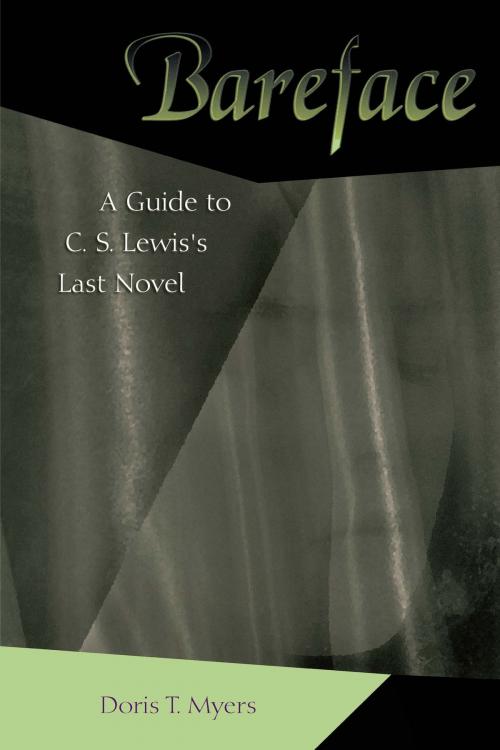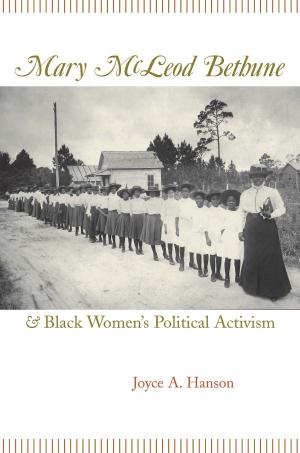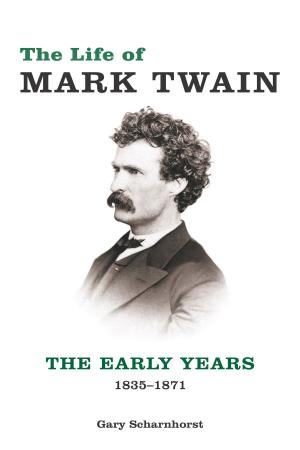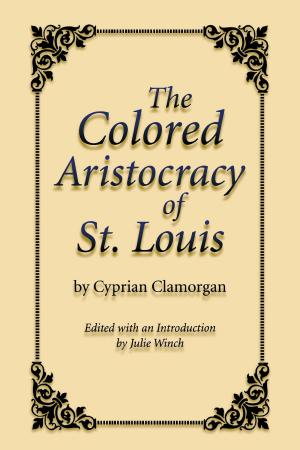Bareface
A Guide to C.S. Lewis's Last Novel
Fiction & Literature, Literary Theory & Criticism, British| Author: | Doris T. Myers | ISBN: | 9780826264466 |
| Publisher: | University of Missouri Press | Publication: | February 16, 2004 |
| Imprint: | University of Missouri | Language: | English |
| Author: | Doris T. Myers |
| ISBN: | 9780826264466 |
| Publisher: | University of Missouri Press |
| Publication: | February 16, 2004 |
| Imprint: | University of Missouri |
| Language: | English |
C. S. Lewis wanted to name his last novel “Bareface.” Now Doris T. Myers’s Bareface provides a welcome study of Lewis’s last, most profound, and most skillfully written novel, Till We Have Faces. Although many claim it is his best novel, Till We Have Faces is a radical departure from the fantasy genre of Lewis’s Chronicles of Narnia and The Screwtape Letters and has been less popular than Lewis’s earlier works. In Bareface, Myers supplies background information on this difficult work and suggests reading techniques designed to make it more accessible to general readers. She also presents a fresh approach to Lewis criticism for the enjoyment of specialists.
Previous studies have often treated the novel as mere myth, ignoring Lewis’s effort to present the story of Cupid and Psyche as something that could have happened. Myers emphasizes the historical background, the grounding of the characterizations in modern psychology, and the thoroughly realistic narrative presentation. She identifies key books in ancient and medieval literature, history, and philosophy that influenced Lewis’s thinking as well as pointing out a previously unnoticed affinity with William James. From this context, a clearer understanding of Till We Have Faces can emerge.
Approached in this way, the work can be seen as a realistic twentieth-century novel using modernist techniques such as the unreliable narrator and the manipulation of time. The major characters fit neatly into William James’s typology of religious experience, and Orual, the narrator-heroine, also develops the kind of personal maturity described by Carl Jung. At the same time, both setting and plot provide insights into the ancient world and pre-Christian modes of thought.
Organized to facilitate browsing according to the reader’s personal interests and needs, this study helps readers explore this complex and subtle novel in their own way. Containing fresh insights that even the most experienced Lewis scholar will appreciate, Bareface is an accomplishment worthy of Lewis’s lifelong contemplation.
C. S. Lewis wanted to name his last novel “Bareface.” Now Doris T. Myers’s Bareface provides a welcome study of Lewis’s last, most profound, and most skillfully written novel, Till We Have Faces. Although many claim it is his best novel, Till We Have Faces is a radical departure from the fantasy genre of Lewis’s Chronicles of Narnia and The Screwtape Letters and has been less popular than Lewis’s earlier works. In Bareface, Myers supplies background information on this difficult work and suggests reading techniques designed to make it more accessible to general readers. She also presents a fresh approach to Lewis criticism for the enjoyment of specialists.
Previous studies have often treated the novel as mere myth, ignoring Lewis’s effort to present the story of Cupid and Psyche as something that could have happened. Myers emphasizes the historical background, the grounding of the characterizations in modern psychology, and the thoroughly realistic narrative presentation. She identifies key books in ancient and medieval literature, history, and philosophy that influenced Lewis’s thinking as well as pointing out a previously unnoticed affinity with William James. From this context, a clearer understanding of Till We Have Faces can emerge.
Approached in this way, the work can be seen as a realistic twentieth-century novel using modernist techniques such as the unreliable narrator and the manipulation of time. The major characters fit neatly into William James’s typology of religious experience, and Orual, the narrator-heroine, also develops the kind of personal maturity described by Carl Jung. At the same time, both setting and plot provide insights into the ancient world and pre-Christian modes of thought.
Organized to facilitate browsing according to the reader’s personal interests and needs, this study helps readers explore this complex and subtle novel in their own way. Containing fresh insights that even the most experienced Lewis scholar will appreciate, Bareface is an accomplishment worthy of Lewis’s lifelong contemplation.















